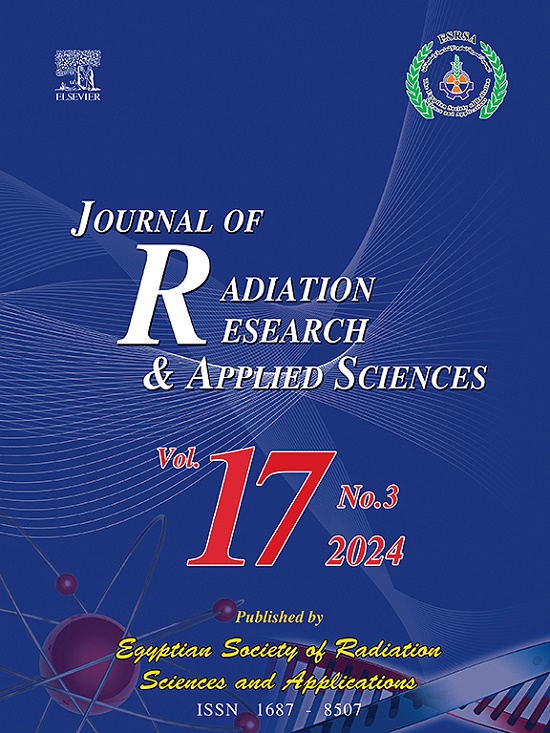Applications to medical and failure time data: Using a new extension of the extended exponential model
IF 1.7
4区 综合性期刊
Q2 MULTIDISCIPLINARY SCIENCES
Journal of Radiation Research and Applied Sciences
Pub Date : 2025-03-06
DOI:10.1016/j.jrras.2025.101373
引用次数: 0
Abstract
This article introduces a novel extension of the extended exponential model, referred to as the Kavya-Manoharan extended exponential model. The new suggested model is very flexible model because its probability density function and hazard rate function can be right skewed, reversed J-shapes and increasing. Various statistical properties of the Kavya-Manoharan extended exponential model are calculated. Various uncertainty metrics are calculated and analyzed both theoretically and quantitatively. Furthermore, the Kavya-Manoharan extended exponential model utilizes the maximum likelihood estimation technique to determine its two parameters. A comprehensive numerical analysis is conducted to assess the effectiveness of the maximum likelihood estimation technique. The feasibility and importance of the Kavya-Manoharan extended exponential model may be demonstrated by analyzing three actual datasets about medical and failure times data. The Kavya-Manoharan extended exponential model is evaluated against many established statistical models such as; generalized Dinesh-Umesh-Sanjay-exponential, extended exponential, generalized Lindley, Kavya-Manoharan Burr X, generalized power Weibull, and the Gumbel distributions using diverse criteria. The numerical results indicated that the Kavya-Manoharan extended exponential model was more suitable for the data than the other competing models.
医疗和故障时间数据的应用:使用扩展指数模型的新扩展
本文介绍了扩展指数模型的一种新的扩展,称为Kavya-Manoharan扩展指数模型。该模型的概率密度函数和危险率函数可以正偏、反j型和递增,是一个非常灵活的模型。计算了Kavya-Manoharan扩展指数模型的各种统计性质。对各种不确定度进行了理论和定量的计算和分析。此外,Kavya-Manoharan扩展指数模型利用极大似然估计技术来确定其两个参数。对极大似然估计技术的有效性进行了全面的数值分析。Kavya-Manoharan扩展指数模型的可行性和重要性可以通过分析三个关于医疗和故障时间数据的实际数据集来证明。Kavya-Manoharan扩展指数模型对许多已建立的统计模型进行了评估,例如;广义dinish - umish - sanjay -指数,扩展指数,广义Lindley, Kavya-Manoharan Burr X,广义幂Weibull,以及使用不同准则的Gumbel分布。数值结果表明,Kavya-Manoharan扩展指数模型比其他竞争模型更适合于数据。
本文章由计算机程序翻译,如有差异,请以英文原文为准。
求助全文
约1分钟内获得全文
求助全文
来源期刊

Journal of Radiation Research and Applied Sciences
MULTIDISCIPLINARY SCIENCES-
自引率
5.90%
发文量
130
审稿时长
16 weeks
期刊介绍:
Journal of Radiation Research and Applied Sciences provides a high quality medium for the publication of substantial, original and scientific and technological papers on the development and applications of nuclear, radiation and isotopes in biology, medicine, drugs, biochemistry, microbiology, agriculture, entomology, food technology, chemistry, physics, solid states, engineering, environmental and applied sciences.
 求助内容:
求助内容: 应助结果提醒方式:
应助结果提醒方式:


